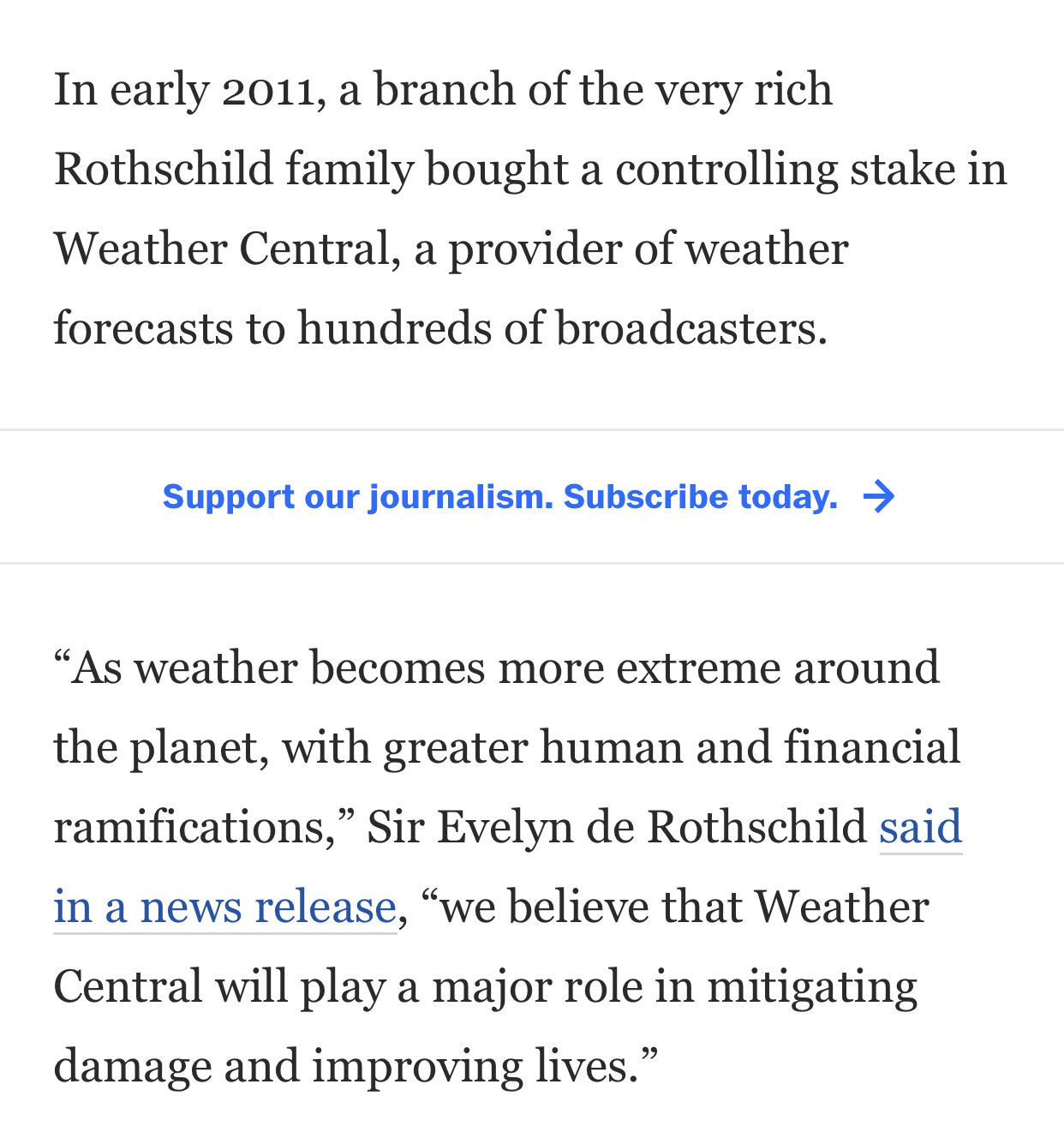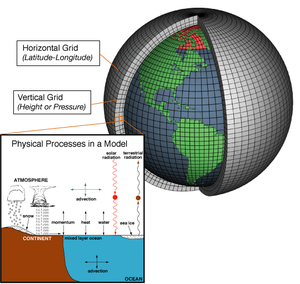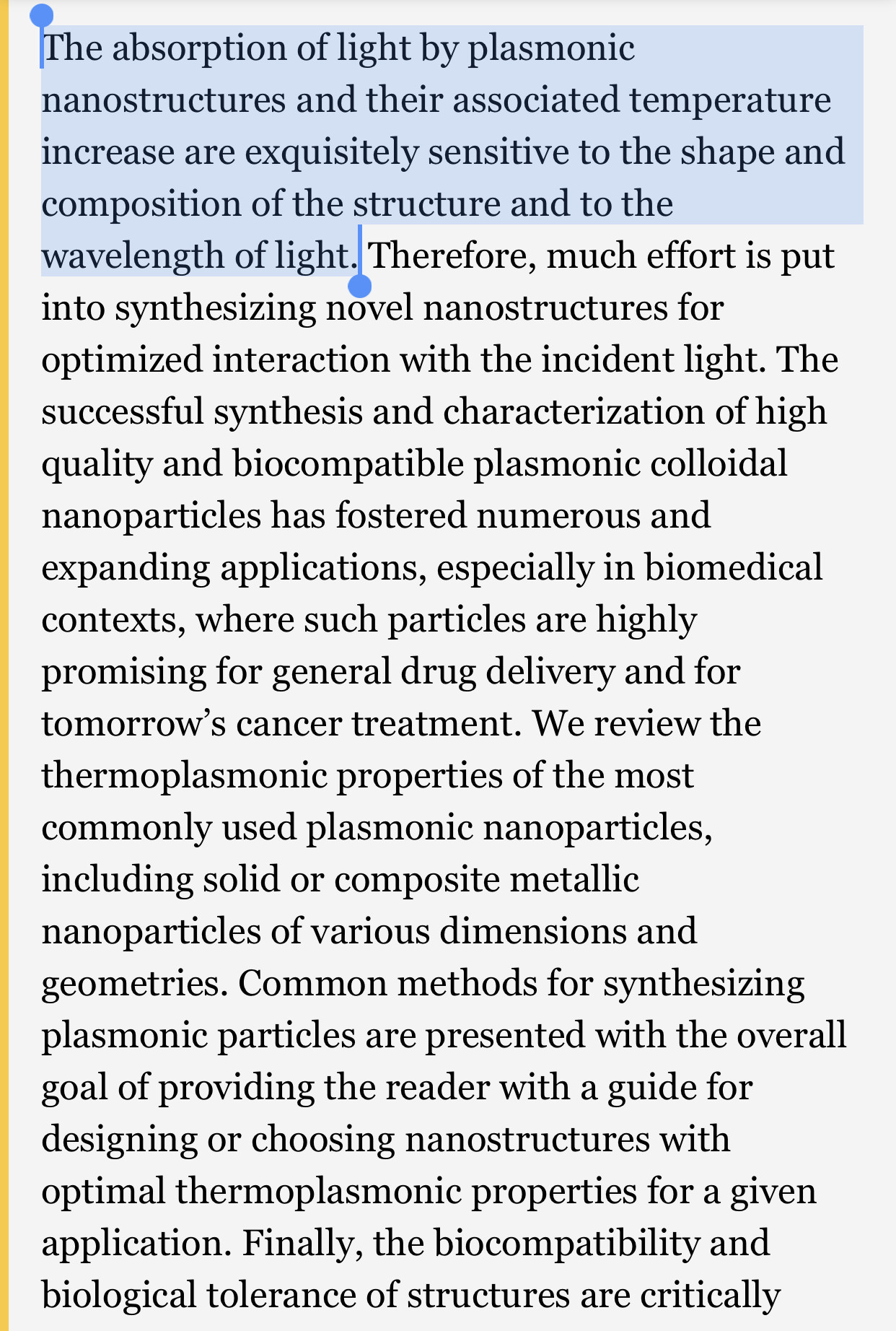So what makes it so distinctly variable? "Britain's unique weather is all down to the fact it is an island and where it's positioned on the planet, between the Atlantic Ocean and a large land mass, continental Europe," says Helen Chivers from the Met Office. "There is a lot going on meteorologically where we are."8 Oct 2013
This is bullshit and was never the case growing up in Britain.
A forecast is a prediction of what will happen. ... While often used in the context of weather, forecast can also be used for other types of predictions such as those related to financial or political outcomes. Note that a forecast is typically a prediction made by experts.
Warm air causes air pressure to rise. ... As a result, more force is exerted
on each molecule
and air pressure increases.
Sonication (also referred to as ultrasonication) is one process by which samples can be disrupted by pressure. In this case, the pressure is created by a probe that rapidly expands and contracts at high frequencies.
🤔
Sonication is the act of applying sound energy to agitate particles in a sample, for various purposes such as the extraction of multiple compounds from plants, microalgae and seaweeds. Ultrasonic frequencies (>20 kHz) are usually used, leading to the process also being known as ultrasonication or ultra-sonication.
Abstract:We implement a quantum-enhanced plasmonic sensor with a 56% sensitivity enhancement with respect to the shot-noise limit when used to detect ultrasound waves. The sensor is probed with twin beams with 9dB of intensity-difference squeezing.
9.2 Surface Plasmon Resonance
The resonance condition is established when the frequency of light photons matches the natural frequency of surface electrons, oscillating against the restoring force of positive nuclei.
Under illumination at its plasmonic resonance, a metal nanoparticle features enhanced light absorption, turning it into an ideal nano-source of heat





